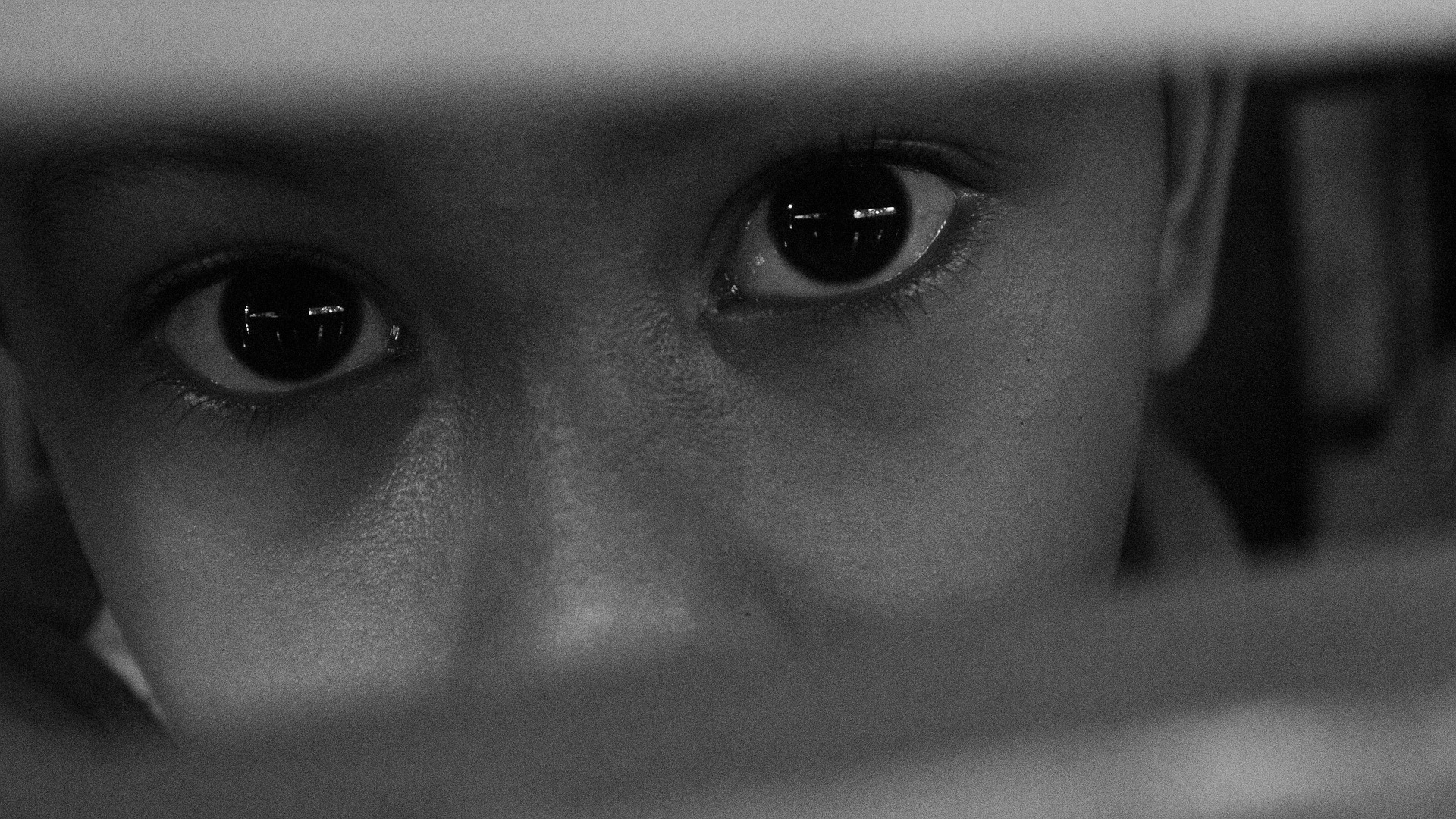Therapy with Children Exposed to War
-
-
Sheetal Amin
How does war impact children psychologically, and what can we do to support the emotional wellbeing of young refugees arriving in the UK? Integrative Arts Psychotherapist Sheetal Amin shares some starting points for therapists, including examples of adjusting the frame, and reflects on how readily our society’s attitude to and treatment of refugees can compound the trauma of war.

I work a lot with unaccompanied children and young people seeking asylum. So I come across kids who have been exposed to political discord, violence, death, torture, and so much more as an outcome of war.In the course of this work, I have seen how devastating, complex and wide-ranging the impact of war can be on children’s lives.
I am thinking about children who have lost or been separated from their parents because of war. Children who have witnessed or experienced violence, torture, abuse and death. Children who have been severely injured, or been left with lifelong physical disabilities and discomfort, or developed preventable diseases. Some children are recruited as soldiers themselves. Many are subjected to sexual violence, trafficking, grooming and child pregnancy.
War has an enormous impact on childhood in other ways. Destruction of the local economy, agriculture and infrastructure can lead to children needing to work in order to eat, children having to be caregivers to younger siblings, or ending up on the streets due to extreme poverty. They might be forced to move into refugee or displaced person camps, short or long term. Education is disrupted, or there is none at all.
The psychological effects of war and war-related trauma can be severe. Some children may experience PTSD associated with specific events. Others may have more complex developmental trauma from long-term exposure to extreme adversity. Children struggle to understand the causes of the conflict – their exposure is to the chaos and disruption.
This can lead to depression, severe anxiety, and associated dysregulation in daily functioning such as sleep, appetite, focus, concentration and memory. Children might seem lethargic or agitated, experience ruminations, negative self-beliefs or lack of pleasure, and engage in substance use, self-harm and suicide attempts.
A trauma framework can help us to understand these psychological and somatic responses in the context of children’s exposure to war – even when behaviours or expressions are not overt.
What else can therapists do to help?
Offering safety and protection
Children who have been exposed to war need a place of safety and protection. They need to have experience of an environment that is not discriminative or oppressive. This includes ensuring there is access to interpreters, and that we are really listening to their narrative. I also find the arts very powerful here in establishing a universal language of communication and expression.
Recognising children’s resilience
We need to recognise that children of war are often incredibly resilient and possess a desire to survive and thrive. They need interventions that help build on their own resilience, strength, and capabilities. In previous blog pieces, I have talked about using models from narrative therapy, which have value here. Narrative Exposure Therapy helps with processing and restructuring multiple traumas over time. Tree of Life focuses on building resilience and instilling hope.
Collaboration and integration
Our role as therapists is with the system as much as it is with the individual. There needs to be collaboration and integration to achieve consistency and stability for these children. This might mean offering interventions in the community, and meeting the child or young person in a place or a context where they feel safe and contained. For example, one young person was scared of coming to a clinic setting to see me as he thought it was a hospital, which he associated with trauma. Instead we met in his foster home with his carer present. Another young person was anxious about leaving his residential home as he feared being kidnapped and taken back to his country of origin. He also struggled with direct face to face contact, so we agreed that I would go when he was making his lunch and we would cook together. Communal cooking was also an important part of his culture. Developing a therapeutic alliance requires flexibility in approach and a sound understanding of complex needs, with a willingness to work beyond the frame.
Through this work, I have come to know and to value children and young people who want to learn, gain education, be safe, and both thrive and contribute to society. This is against the current of the immense separation anxiety, survivor's guilt and displacement they experience. As a society, we need to do better and be better in how we perceive people seeking safety in this way. Children often face discrimination, exclusion and judgements, while limited resources and commissioning mean that support and access to services is limited. This can cause additional trauma, and further compound the sense of displacement and abandonment, of feeling lost and being lost.